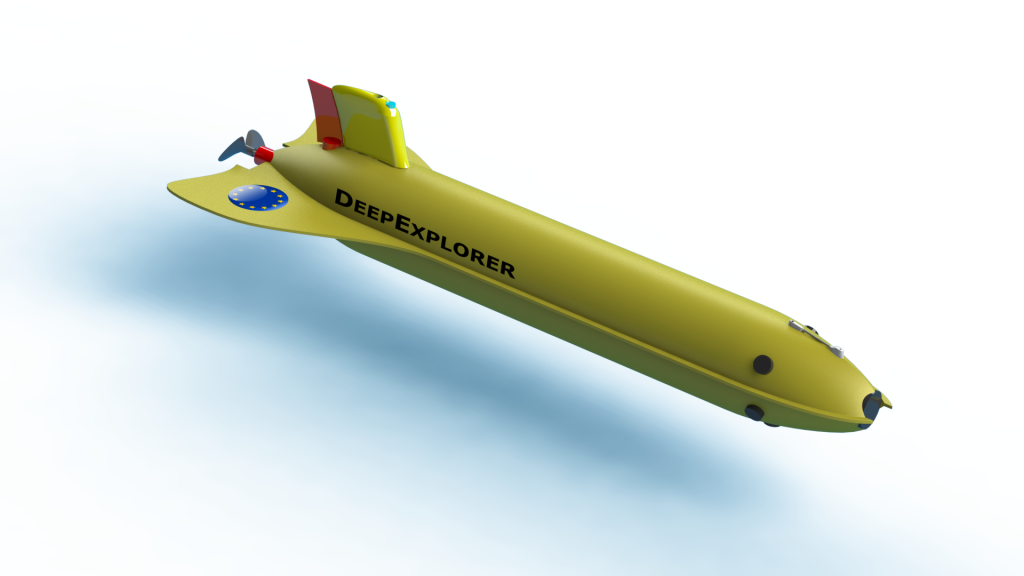
New technologies to scan deeper waters for undiscovered oil are poised to bring all the excitement of space exploration to the global offshore energy industry.
That is among the messages delegates will hear at next month’s Offshore Europe (OE) 2015 oil and gas show in Aberdeen, when the Society for Underwater Technology (SUT) will host sessions highlighting the innovations that are pushing boundaries at greater depths.
Current projects include BRIDGES (Bringing together Research and Industry for the Development of Glider Environmental Services), which is working on next generation “glider” technology that will see unmanned devices plunge deep into the world’s oceans on missions lasting up to three months.
SUT and 18 other partners from across Europe have teamed up for the four-year BRIDGES project to develop the continent’s first ultra-deep-sea robot glider.
The new probe will sample the ocean autonomously, working at depths of more than 16,000ft and possibly go even deeper in future.
It should be able to reach at least 75% of the world’s oceans and the project partners, backed by £5.8million of funding from the European Union’s Horizon2020 programme, say it will open up new possibilities for science and industry.
Potential uses include monitoring biodiversity and conducting environmental impact assessments for seabed mining and exploration.
Final testing is due to take place in September 2019 off south-east Ireland,
Mario Brito, who is leading the project and works for the UK’s National Oceanography Centre, said: “The development and integration of sensors that can work at these depths will be a real challenge. It is something that has not been done before and so the science behind it is really innovative.”
SUT chief executive Bob Allwood said the two deep glider prototypes currently under development would help to deliver responsible exploitation of the marine environment, while also assuring its preservation.
He added: “BRIDGES is aimed at developing ways to continuously monitor deeper waters, while providing industrial users with real-time data in a cost-effective manner.
“Gliders are the most affordable way of observing oceans and monitoring temperature, salinity and living resources.
“The next generation will be increasingly robust, re-locatable and versatile to support autonomous, long-term exploration.
“They will have the ability to execute unmanned underwater operations, to operate in the deep ocean and to assess the environmental impact of the maritime economy.
“SUT, as well as our partners in BRIDGES, hope to see a lot of interest in this new technology at our Offshore Europe sessions.”
OE 2015 will take place at Aberdeen Exhibition and Conference Centre on September 8-11.
The two SUT sessions – New Technologies for Efficiency and Effectiveness and then Subsea Challenges for Enabling Deep Water Production – are on Wednesday 9 and Thursday 10 respectively, running from 9.30am to 12.30pm in both cases.
SUT presentations will include one from French company Alseamar on the use of undersea gliders for offshore pre-exploration.
Other organisations taking part in the sessions include Tracerco, Nautronix, Viper Subsea, 2H Offshore Engineering and Wild Well Control.